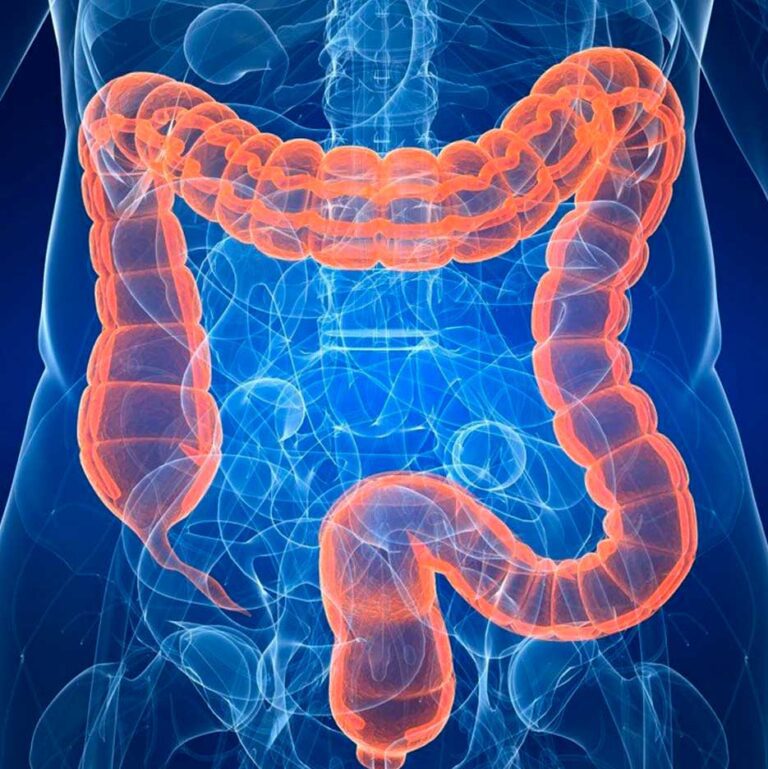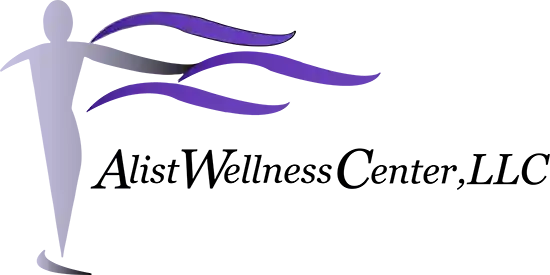About Colon Hydrotherapy

What is Colon Hydrotherapy?

The Ebers Papyrus of 14th Century B.C. and the Edwin Smith Papyrus (c. 1700 B.C.) both mention enemas and give directions for the enema. The Essene Gospel of the 3rd Century stated, “The uncleanness within is greater than the uncleanness without. And he who cleanses himself without, but within remains unclean, is like a tomb that outward is painted fair, but is within full of all manner of horrible uncleannesses and abominations.” By the late 19th Century and early 20th Century with the advent of rubber, the enema or clyster slowly gave way to colon hydrotherapy equipment. In a 1917 Journal of American Medicine, Dr. Kellogg reported that in the treatment of gastrointestinal diseases in over 40,000 cases, he used surgery in only 20 of them. The rest of the cases were helped as a result of cleansing the bowels, diet, and exercise.
Colon Hydrotherapy gained the attention of James A. Wiltsie, M.D., who contended that our knowledge of the normal and abnormal physiology of the colon, and of its pathology and management has not kept pace with that of many organs and systems of the body.” He went on to say, “As long as we continue to assume that the colon will take care of itself, just that long will we remain in complete ignorance of perhaps the most important source of ill health in the whole body.”
Why Should I Be Concerned About My Colon?
The Colon has been referred to as the sewer system of the body. It is the place where we store the waste material that most of us would rather not think about. A healthy colon produces Vitamins B and K, and absorbs water. A healthy digestive tract helps support a healthy immune system.
The Intestinal System
After food leaves the small intestine, it moves into the large intestine or colon, a muscular tube-about five feet in length and approximately two inches in diameter-coiled into a frame around the convoluted small intestine. Waste material is forced through the colon by the action of the muscles. It then exits the body through the rectum. The colon has three main parts: the ascending, transverse and descending colons. Since much of the digestion process has already taken place, what enters the colon is mostly waste material in liquid form. As the colon contracts, this substance is pushed along its length. Most of the water and mineral salts in the liquid are reabsorbed back into the body. Remains is a semisolid waste-60-70 percent water and 10-30 percent bacteria, plus indigestible cellulose material, dead cells and other waste materials. The process of elimination takes anywhere from 12-24 hours or longer. Generally, the shorter the time, the better. Unfortunately, modern diets and health habits sometimes result in greatly increased transit times. As transit time increases, the stool becomes increasingly hardened and difficult to pass due to dehydration. Moreover, as the body reabsorbs the fluid content of the feces, it also absorbs many soluble toxins.
 Factors in colon Health
Factors in colon Health
People whose diets are high in refined foods (including sugar and white flour) and low in fiber content are especially susceptible to intestinal problems. In fact, colon and rectal disorders are much more common in America than Africa, where the average diet contains seven times as much fiber as in the US. The colon works best when it is moderately full. Dietary fiber fills this need. Although it contains no nutrients, fiber helps promote good health by providing the necessary bulk to encourage timely movement of fecal material through the colon. As this happens, certain toxic materials are removed along with many times the fiber’s weight in water. This is important because it helps maintain bowel regularity and shortens the time toxic materials remain in the body.
How Many Colon Hydrotherapy Sessions Does One Need?
The number of colon hydrotherapy sessions desired will depend on the individual. Every person’s goals will differ. Just as some people exercise on a daily or weekly basis to tone and tighten their outer body, some people also have their own ongoing cleansing, toning and rebuilding regimen for their inner body. Colon hydrotherapy could be used as part of any regular maintenance program.
What is a Colon Hydrotherapy session like?
A session is a comfortable experience for most people, however, if discomfort is experienced, the session can be stopped at any time. Techniques utilized allow a small amount of water to flow into the colon, gently stimulating the colon’s natural peristaltic action to release softened waste. The inflow of a small amount of water and the release of waste may be repeated several times. The removal of waste should encourage better colon function and elimination. During the session, most clothing can be kept on and you will be draped, or a gown might be worn to ensure modesty. Your dignity is always maintained.
Sanitation
Modern colon irrigation equipment is manufactured through compliance with strict federal guidelines that dictate rigorous accountability. Disposable single-use rectal tubes, and/or specula are highly recommended. The facility should be immaculate.
Cautions & Recommendations:
Colon Irrigation may not be for everyone, please check with your physician or health care practitioner prior to the session.


